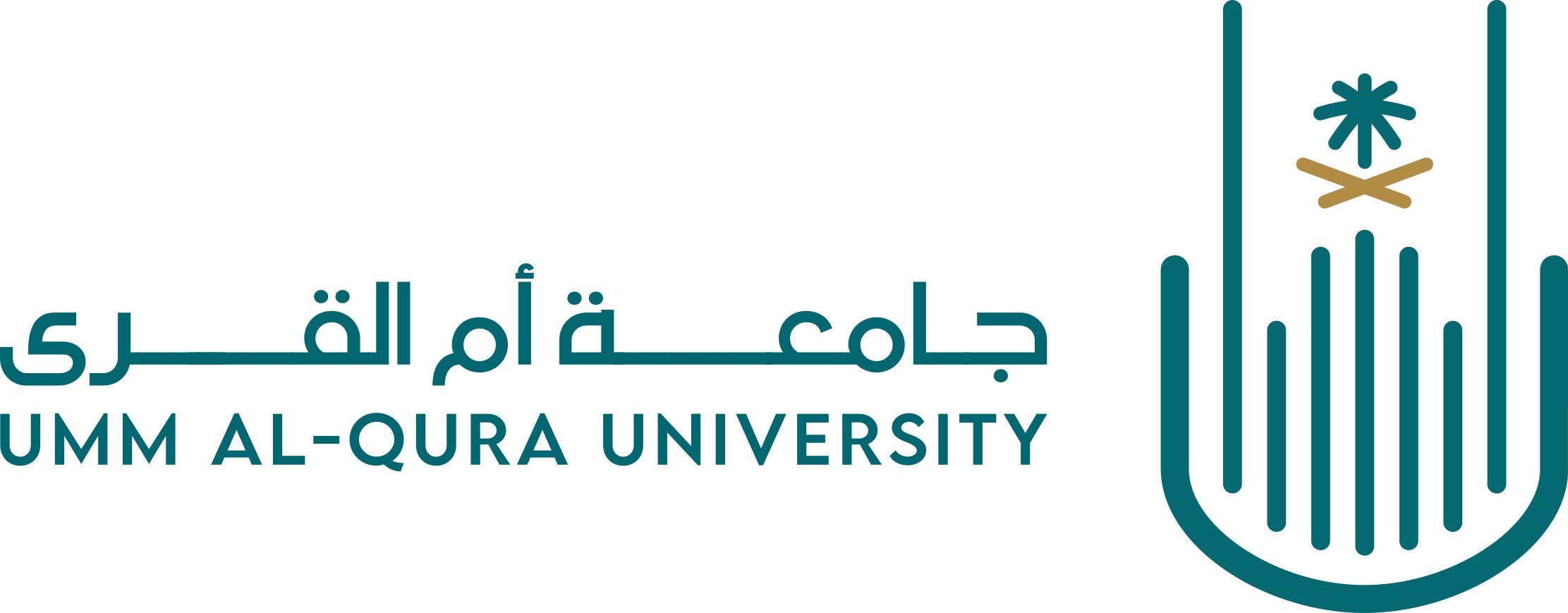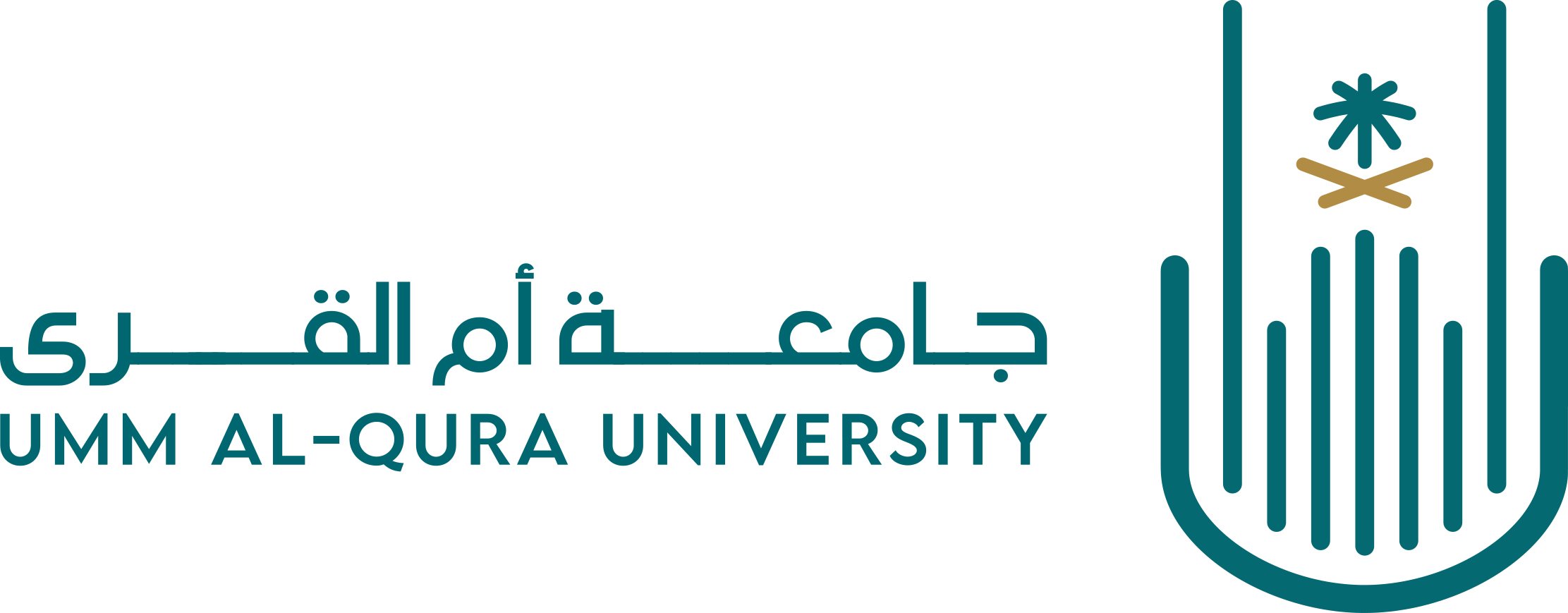- Communities& Collections
- Browse Items by:
- Issue Date
- Author
- Title
- Subject
تطوير مفسر طبي الكتروني خلال موسم الحج
يشهد العالم اهتمام حكومة خادم الحرمين الشريفين بخدمة الحجاج والزوار من جميع الجوانب وتسخير التكنولوجيا لتطوير الخدمات المقدمة إليهم. إن الاهتمام بالجانب الصحي يلحظ تطورات متسارعة في المملكة. اهتمت الجامعات باستغلال التكنولوجيا في المملكة وتسخيرها لجودة الرعاية الطبية. بالرغم من ذلك، يعاني الأطباء والطاقم الطبي من ضعف التواصل مع حجاج وزوار بيت الله الحرام غير الناطقين باللغة العربية أو الانجليزية للحصول على التاريخ المرضي وشرح الإجراءات اللازمة والتأكد من فهم طريقة استخدام الأدوية، ونظم العلاج والتثقيف الصحي ومثل هذا الاتصال يشكل عنصرا حاسما لسلامة المرضى وجودة الرعاية الصحية وخصوصا في مواسم الحج. واستجابة لتلك المشكلة قامت الباحثتان بتصميم تطبيق الكتروني للتواصل الطبي يحتوي على صور للأعراض والأمراض الأكثر شيوعا لتسهيل عملية التواصل بين الحجاج المرضى والطاقم الطبي إضافة الى تزويده بأصوات للغات الأكثر شيوعا بين الحجاج (العربية، الانجليزية، الباكستانية، الهندية، الملايوية). يعتمد البحث الحالي على نتائج بحث سابق (العبسي وطه، 2014). والذي يركز على تسهيل التواصل بين الأطباء والممرضين باستخدام دليل الصور. يهدف البحث الحالي إلى توفير برنامج تطبيقات الهاتف المتحرك البصرية المدعمة بالأصوات لتسهيل وتسريع التواصل وتقييمه باستخدام الروبرك من قبل عينة من (50) الأطباء والممرضين الذين يعملون في غرف الطوارئ (ER) في المستشفيات بمكة المكرمة والمدينة المنورة. أظهرت النتائج أن التطبيق فعال ويمكن استخدامه بسهولة ويسهم في تسهيل التواصل مع الحجاج الغير ناطقين بالعربية أو الانجليزية ويساعد في رفع جودة الرعاية الطبية المقدمة للحجاج والزوار. The Government of the Custodian of the Two Holy Mosques presents services to pilgrims and visitors in all aspects. One of the aspects is to employ the use of technology for the development of services e.g. health care. Almalki et.al (2011) stated "The government of Saudi Arabia has given high priority to the development of health care services at all levels: primary, secondary and tertiary." Medical staff had communication difficulties with pilgrims of non-Arabic and English speakers, in getting accurate information of the patients’ health history, diagnose of diseases, and the delivery of medications. Communication is considered a crucial element for patients' safety and quality healthcare, especially during Hajj season (Alabsi and Taha, 2014). Responding to the issue, and based on the previous research which has been done by (ibid, 2014), this research aims to provide a medical interpreter application supported with images and sounds of the most common languages among the pilgrims such as Arabic, English, French, Urdu, Hindi and Malay. The application will bridge the gap of communication regarding healthcare. A descriptive method and a rubric will be used as an instrument to collect data and evaluate the application in terms of its relevance, organization, usability, engagement, language, sound and images. The sample that the application was tested on were (50) doctors / nurses working in Makkah and Madinah hospitals.
| Title: | تطوير مفسر طبي الكتروني خلال موسم الحج |
| Other Titles: | The Development of E- Medical Interpreter during Hajj |
| Authors: | العبسي, ثريا بنت عبد الجليل سيف عبد الرحمن, رقية سولي عيسى |
| Subjects :: | تشخيص الحالات الصحية ترجمة الخدمات |
| Issue Date :: | 24-May-2016 |
| Publisher :: | معهد خادم الحرمين الشريفين لأبحاث الحج والعمرة - جامعة أم القرى |
| Series/Report no.: | أبحاث الملتقى العلمي 16;5 |
| Abstract: | يشهد العالم اهتمام حكومة خادم الحرمين الشريفين بخدمة الحجاج والزوار من جميع الجوانب وتسخير التكنولوجيا لتطوير الخدمات المقدمة إليهم. إن الاهتمام بالجانب الصحي يلحظ تطورات متسارعة في المملكة. اهتمت الجامعات باستغلال التكنولوجيا في المملكة وتسخيرها لجودة الرعاية الطبية. بالرغم من ذلك، يعاني الأطباء والطاقم الطبي من ضعف التواصل مع حجاج وزوار بيت الله الحرام غير الناطقين باللغة العربية أو الانجليزية للحصول على التاريخ المرضي وشرح الإجراءات اللازمة والتأكد من فهم طريقة استخدام الأدوية، ونظم العلاج والتثقيف الصحي ومثل هذا الاتصال يشكل عنصرا حاسما لسلامة المرضى وجودة الرعاية الصحية وخصوصا في مواسم الحج. واستجابة لتلك المشكلة قامت الباحثتان بتصميم تطبيق الكتروني للتواصل الطبي يحتوي على صور للأعراض والأمراض الأكثر شيوعا لتسهيل عملية التواصل بين الحجاج المرضى والطاقم الطبي إضافة الى تزويده بأصوات للغات الأكثر شيوعا بين الحجاج (العربية، الانجليزية، الباكستانية، الهندية، الملايوية). يعتمد البحث الحالي على نتائج بحث سابق (العبسي وطه، 2014). والذي يركز على تسهيل التواصل بين الأطباء والممرضين باستخدام دليل الصور. يهدف البحث الحالي إلى توفير برنامج تطبيقات الهاتف المتحرك البصرية المدعمة بالأصوات لتسهيل وتسريع التواصل وتقييمه باستخدام الروبرك من قبل عينة من (50) الأطباء والممرضين الذين يعملون في غرف الطوارئ (ER) في المستشفيات بمكة المكرمة والمدينة المنورة. أظهرت النتائج أن التطبيق فعال ويمكن استخدامه بسهولة ويسهم في تسهيل التواصل مع الحجاج الغير ناطقين بالعربية أو الانجليزية ويساعد في رفع جودة الرعاية الطبية المقدمة للحجاج والزوار. The Government of the Custodian of the Two Holy Mosques presents services to pilgrims and visitors in all aspects. One of the aspects is to employ the use of technology for the development of services e.g. health care. Almalki et.al (2011) stated "The government of Saudi Arabia has given high priority to the development of health care services at all levels: primary, secondary and tertiary." Medical staff had communication difficulties with pilgrims of non-Arabic and English speakers, in getting accurate information of the patients’ health history, diagnose of diseases, and the delivery of medications. Communication is considered a crucial element for patients' safety and quality healthcare, especially during Hajj season (Alabsi and Taha, 2014). Responding to the issue, and based on the previous research which has been done by (ibid, 2014), this research aims to provide a medical interpreter application supported with images and sounds of the most common languages among the pilgrims such as Arabic, English, French, Urdu, Hindi and Malay. The application will bridge the gap of communication regarding healthcare. A descriptive method and a rubric will be used as an instrument to collect data and evaluate the application in terms of its relevance, organization, usability, engagement, language, sound and images. The sample that the application was tested on were (50) doctors / nurses working in Makkah and Madinah hospitals. |
| Description :: | Conclusion and Recommendations: This descriptive study provides empirical evidence of how E-medical interpreter can be used to develop and facilitate communication during Hajj season, with practical suggestions for decision makers in the Hajj community to use the application. A rubric explores doctors and nurses perceptions about using the application. As the results show, both of them are encouraged to use the application and supported the idea especially in the ER. The power of E-medical interpreter relies on its simplicity through using the images and sounds in addition to its free cost. Furthermore, the results emphasize that just over half of medical staff owned android, while the other half were using iPhone mobile. It is recommended to extend the app to involve iPhone devices since 46% of the users owned iPhone mobiles. It is recommended by participants to include the Turkish language in the application. Lack of the supported sounds for some languages are considered limitations, as indicated by errors occurred. |
| URI: | http://dorar.uqu.edu.sa//uquui/handle/20.500.12248/131679 |
| Appears in Collections : | 4- المحور الرابع دراسات التوعية والإعلام |
| File | Description | Size | Format | |
|---|---|---|---|---|
| الملتقى العلمي 16-561.pdf | بحث - تطوير مفسر طبي الكتروني خلال موسم الحج | 238.01 kB | Adobe PDF |  View/Open |
| الملتقى العلمي 16 - إنجليزي-140-147.pdf | البحث باللغة الإنجليزية | 478.03 kB | Adobe PDF |  View/Open |
Items in D-Library are protected by copyright, with all rights reserved, unless otherwise indicated.



Comments (0)